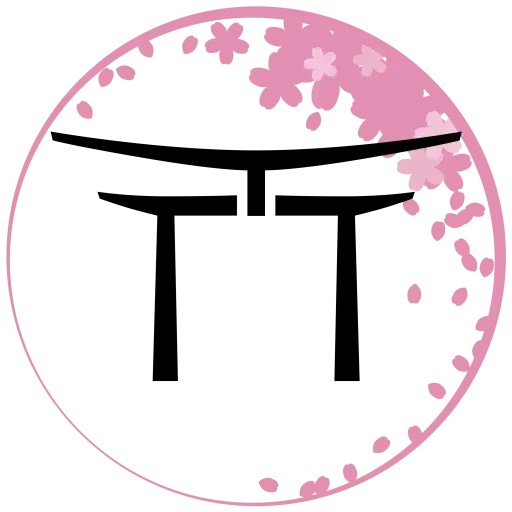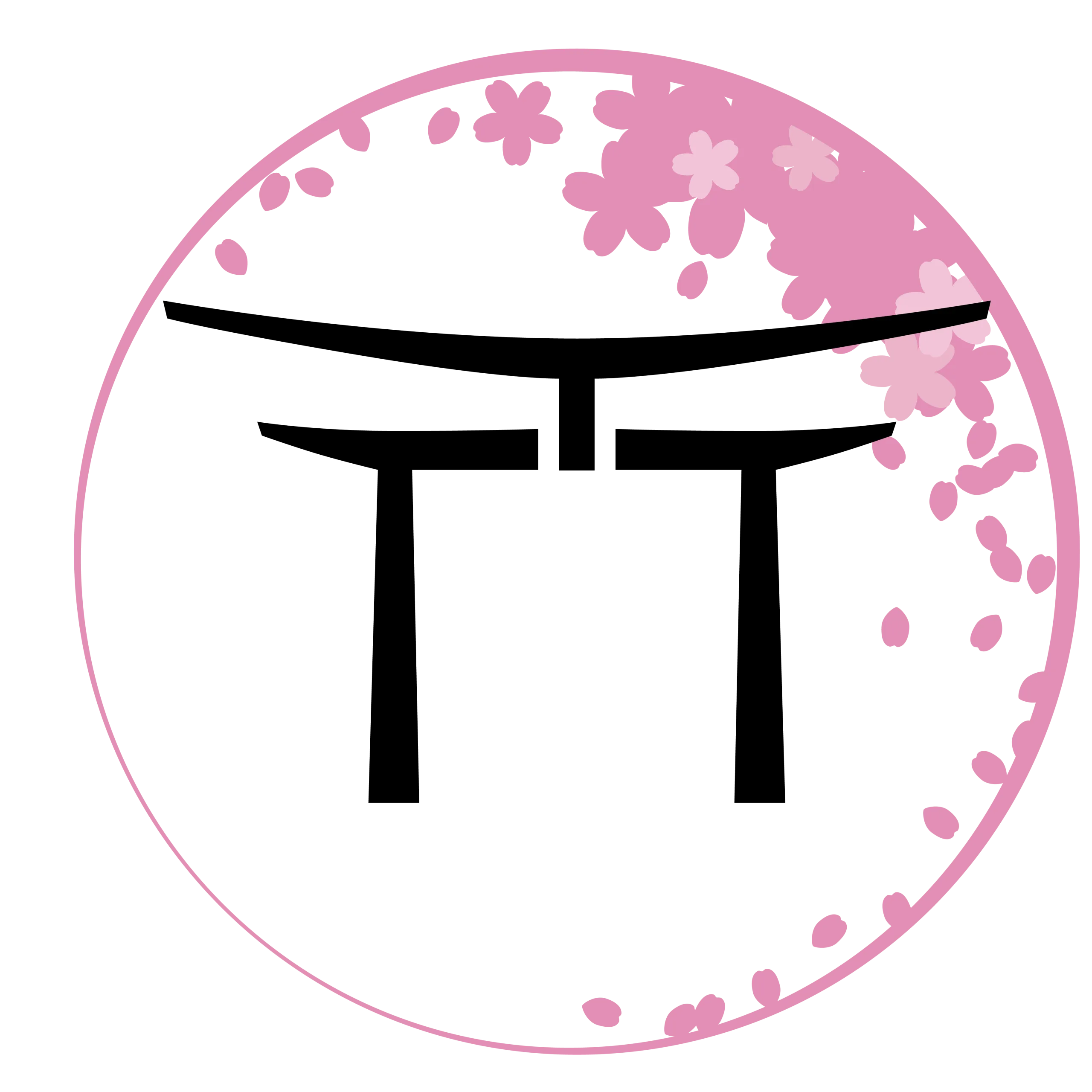My Experience With an Authorized Daycare (Ninka Hoikuen) and an Unauthorized Daycare (Muninka Hoikuen) in Japan
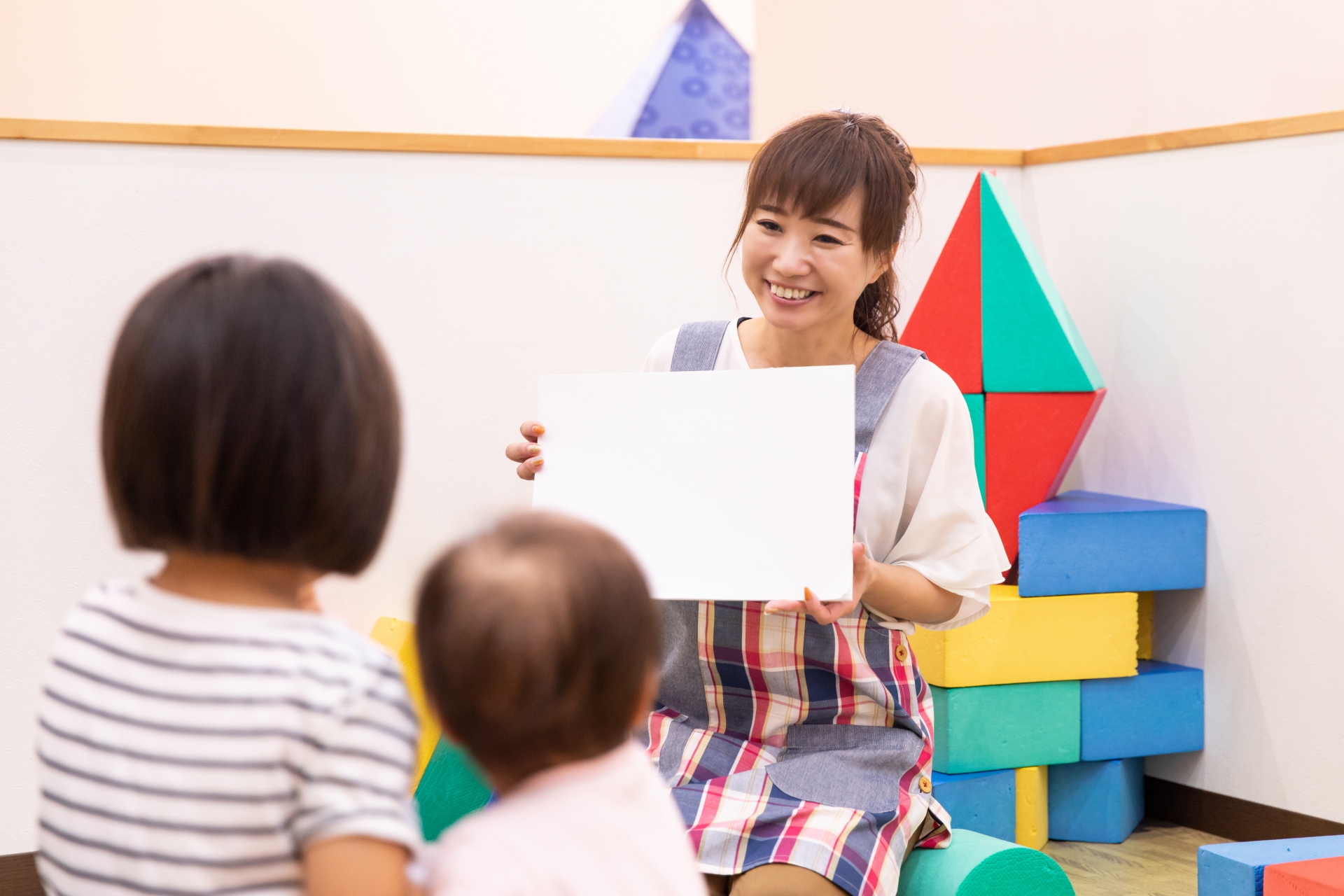
Last Updated on March 14, 2023 by Kay
This post may contain affiliate links, meaning I may earn a small commission on any purchases through those links at zero additional cost to you. Whatever I make goes to keeping this website running and I am forever grateful for the support. See my Privacy Policy for more information.
This month and the next, some of you will be hearing about whether or not your child got into daycare. I imagine most of you will be gunning for a spot in an authorized daycare (ninka hoikuen ・認可保育園) but in case your child does not get into one, perhaps you may consider sending them to an unauthorized daycare (muninka hoikuen・無認可保育園 or ninkagai ・認可外). And even if the thought is something you’re against, you may change your mind after reading about my experiences with both.
If someone told me over two years ago that I would not only end up sending my daughter to a muninka hoikuen, but I would also pull her out of a ninka hoikuen to do so and be more than happy with the decision, I would have thought they were out of their mind. But then again, I also never would have believed we would be stuck in a pandemic for two years and counting.
Muninka sounds scary, especially to a new parent. I mean, why would you want to send your precious child to a place that’s not authorized by a municipal government? I was completely against the idea, and my daughter thankfully got a coveted spot in a ninka hoikuen so I felt like it wasn’t something I needed to think about any longer at the time.
But then the pandemic happened, and the manager of the authorized daycare surprised me by not wearing a mask. She felt that a mask would hinder a child’s language and emotional development (as far as I know, there is no evidence of this) and doubled down on this in a newsletter when my husband complained. Calls to city hall were fruitless and although she ended up wearing a mask in the end because other parents complained, the damage had been done. I didn’t feel like I could continue to keep my child in that daycare.
Table of Contents
Differences Between Ninka Hoikuen and Muninka Hoikuen
I’ve gone over differences between ninka hoikuen and muninka hoikuen in my article about applying for daycare in Japan, but to recap:
Ninka Hoikuen (認可保育園) or Authorized Daycares
These daycares are authorized by the government after having fulfilled certain requirements to operate, such as having licensed workers, a certain amount of floor space, emergency exits, and a minimum number of daycare workers for children depending on the age group.
Age Group Number of Daycare Workers 0-1 1 for every 3 children 1-2 1 for every 6 children 3 and up 1 for every 20 children 4 and up 1 for every 30 children There are three main kinds of authorized daycares:
Short Summary Age Range 保育所 (hoikusho) The most common type of daycare in Japan that focuses on child care. 0-5 years 認定こども園 (nintei kodomoen) A daycare that specializes in educating children. This is fairly new in Japan, having been introduced in 2006, and the most popular with parents as it integrates education that is taught in yochien (preschool); however, due to the limited number of nintei kodomoen, it is competitive to get into depending on where you live. 0-5 years 地域型保育 (chiikigata hoiku) A smaller daycare that accepts a maximum of 20 children. There are various kinds of chiikigata hoiku, such as ones run at someone’s home or by a company. My daughter is in a chiikigata hoiku that is managed by a company. 0-2 years The daycares listed above are operated either publicly by the city/ward or privately. Daycares that are operated and funded by the local government(公立保育園 or kouritsu hoikuen) are typically low in cost but there are very few of them. In fact, around 30% of all daycares in Japan are 公立. As the daycare workers are employed by the government, they may be transferred to a different daycare each fiscal year. Furthermore, all kouritsu within a city or ward are operated in a similar manner, such as the type of food they serve, events, etc. The buildings also tend to be old as well as the facilities, which was the case with the ones we saw when looking for daycares for our daughter.
Government-funded and privately-operated daycares are called 私立保育園 or shiritsu hoikuen. There are strict requirements in place for these daycares to receive and use funding. Unlike kouritsu, each shiritsu operates in their own way and are open for longer hours.
Muninka Hoikuen (無認可保育園)/ Ninkagai Hoikuen (認可外保育園) or Unauthorized Daycares
These daycares are not regulated by the local (municipal/prefectural) government and are operated by a private company. There are various reasons why a daycare may not be regulated by the local government, such as size, hours, number of teachers, etc. However, one-third of teachers at muninka hoikuen should be licensed.
Parents tend to use these for various reasons, such as if their children did not get into ninka hoikuen or the daycare provides something that ninka hoikuen don’t, such as swimming lessons or English lessons. Depending on the local government, parents may also get 補助金 (hojokin), which is a subsidy to help cover fees as muninka hoikuen costs usually are higher than authorized daycares and may include things such as an entrance fee. Some muninka also charge application fees. However, some muninka are both approved and subsidized by the national government and can end up being considerably cheaper than ninka.
Unlike application deadlines set by each city or ward for ninka hoikuen, muninka hoikuen have their own application schedule. For instance, we looked at an international daycare that was muninka, and their application deadline was at the end of October 2019 for April 2020 entry. However, a new muninka near our house started accepting applications in early March 2021 for April 2021 entry!
Okay, so with that out of the way, I’d like to talk about my personal experience with both.
Cost of Ninka Versus Muninka
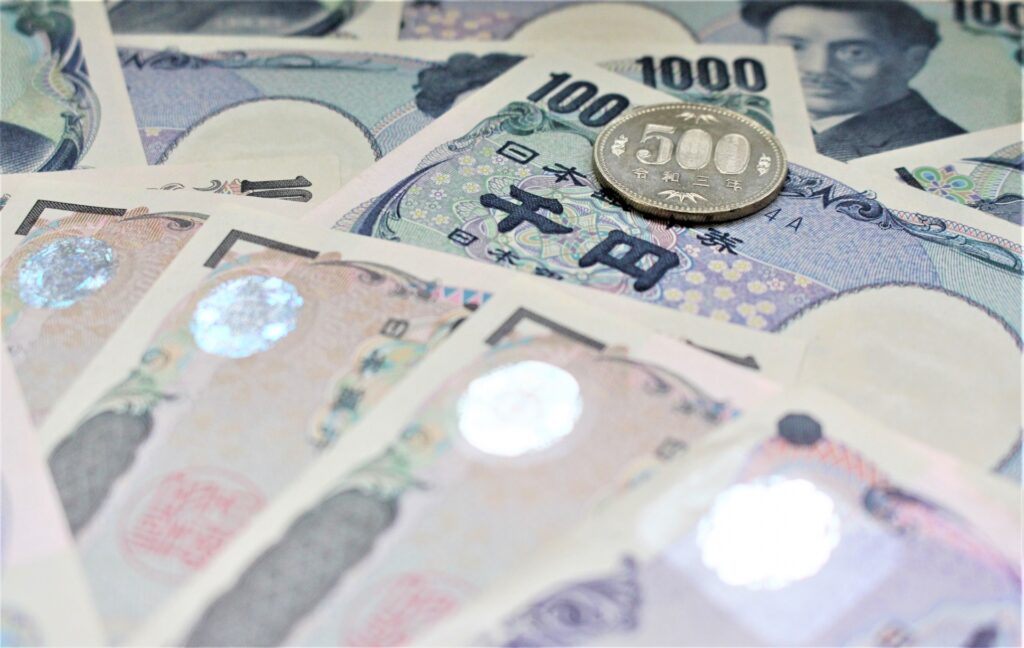
In my overview of the differences between the two, I mentioned that muninka tends to be more expensive than ninka but that there is a government subsidy to help cover the increased cost. Well, we never ended up having to need that because the muninka my daughter attended was less than half the price of the ninka she attended! There was no admission fee, unlike other muninka, and they also provided diapers and wipes for free (Merries, to my delight). (And looking back, we saved so much money on diapers and wipes thanks to this!)
So why was it so cheap?
Well, the muninka my daughter attended was one of the kinds that are both approved and subsidized by the Government of Japan. These kinds of muninka are classified as 企業主導型保育園 (kigyoushudougatahoiku), which means that they are run by companies. The one my daughter attended is run by a kimono company (we even got a free jinbei for her daycare’s natsumatsuri!).
Having started in 2016, these types of muninka are still quite new and as of 2021, there are approximately 4000 in Japan. One of the main reasons the national government supports kigyoushudougatahoiku is to meet the needs of various types of families with small children. The system to get into ninka is quite strict, but it’s much easier for a parent working part-time or not working at all to get their child into a kigyoushudougatahoiku. It’s not guaranteed, of course, if they don’t have spots, but kigyoushudougatahoiku are not as competitive as ninka, likely because people don’t know about it as it’s fairly new and have the “stigma”, if you will, of being a muninka.
To find out if there’s a kigyoushudougatahoiku close to you and to learn more, visit this website.
What We Needed to Bring (Prep Work)
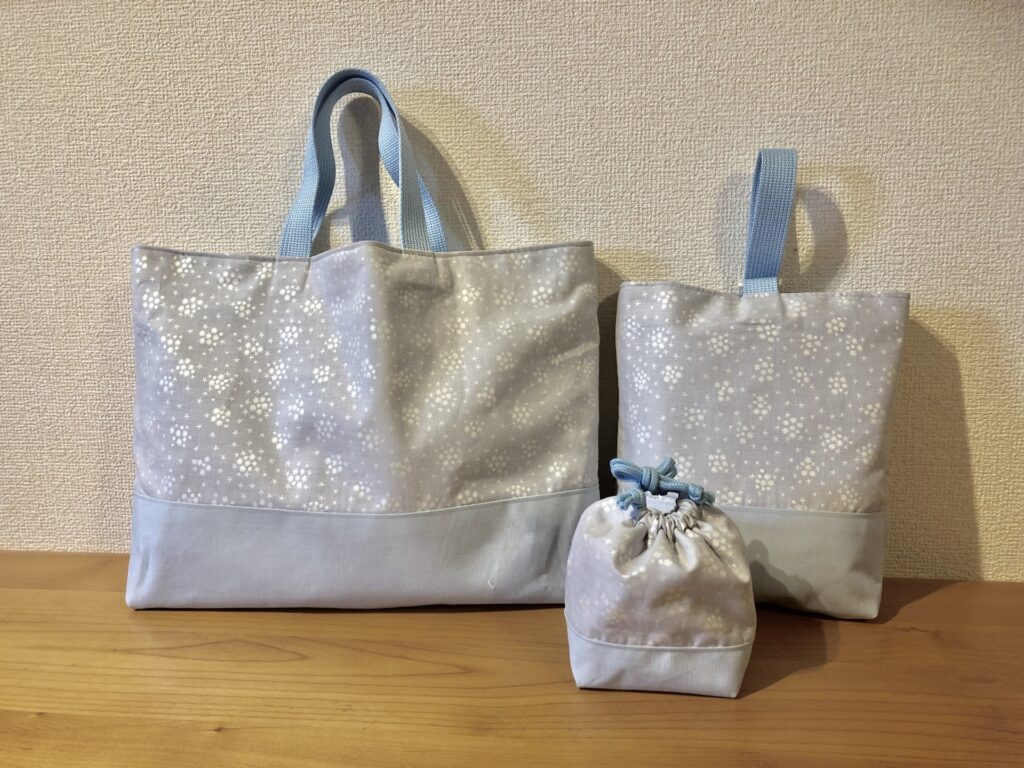
All daycares vary when it comes to what needs to be brought once a week or daily for your child. I didn’t have to bring or do too much when it came to the ninka my daughter attended.
Here is what I had to bring when she first started attending her first daycare (ninka):
- 5 pairs of shirts
- 5 pairs of pants
- 5 pairs of socks
- 5 pairs of undergarments (bodysuits or onesies)
- 2 bibs
- 2 washcloths
- One sweater or cardigan
- Blanket or towelket for naps
- One package of diapers (with her name stamped on each diaper)
- One package of baby wipes
When the diapers and wipes ran out, I had to bring new ones.
Thankfully, I did not have to buy a futon and for her naps or take it home weekly to clean, which some daycares require (including a very popular ninka that I applied to in Osaka), or get indoor shoes.
At the muninka my daughter attended, I had to bring the following when she started:
- 3 pairs of shirts
- 3 pairs of pants
- 3 pairs of socks
- 3 pairs of undergarments
- 1 jacket
And that was it! The daycare provided everything else, including diapers (no more stamping!) and wipes at no cost, blankets for her nap, and bibs. Unlike her ninka, we also didn’t have to buy a special bag for her and could just bring the renrakucho as-is.
Oh, and one of the best parts? The muninka washed all of my daughter’s clothes. That’s right, I didn’t have to wash any of her clothes from daycare, which was such a lifesaver when I was working full-time. Her laundry seemed never-ending when she was attending the ninka but thanks to the muninka, I was washing her clothes around twice a week. And they did a great job, too, almost everything was in perfect condition and spotless!
This isn’t to say that all kigyoushudougatahoiku will do as much as the one my daughter attended. Each one is different in terms of how it operates. I just want to share my experience with one.
Space at the Ninka and Muninka
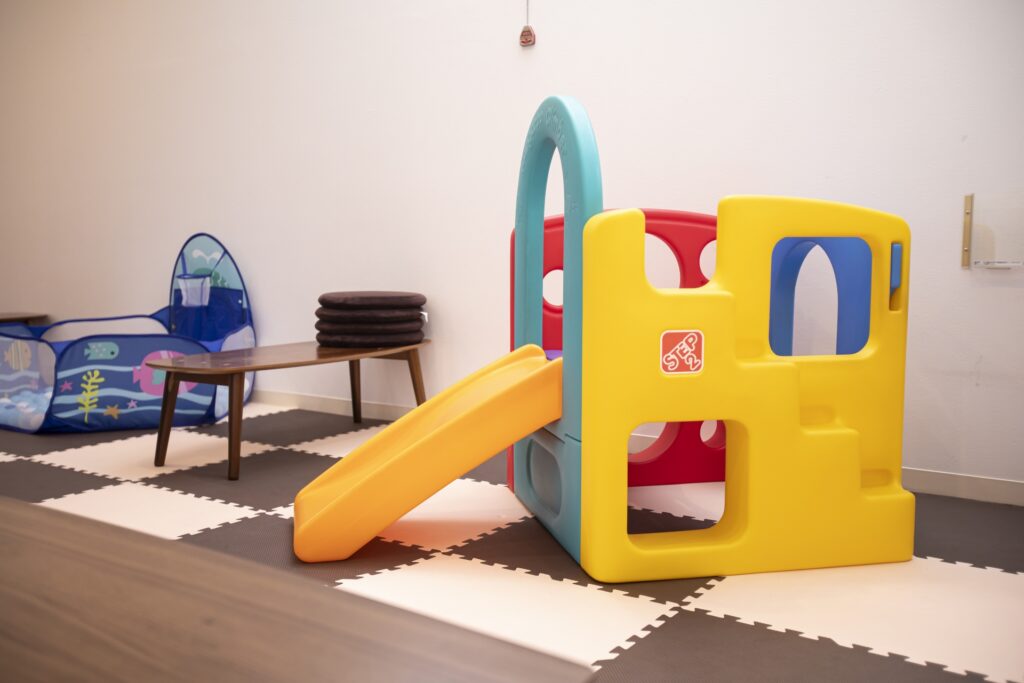
Although ninka hoikuen must meet certain requirements regarding size, the muninka my daughter attended was much larger.
The babies (zero-sai, or just around the age of 1) at her ninka were usually kept in another room from the toddlers, although they did interact in the same room occasionally.
In the muninka, there was one very large room where all the children played with each other; however, there were only two children under the age of 1 and the rest were around my daughter’s age. I heard that more babies joined in the fall but I’m not sure how or if they will divide the room.
At the ninka, there was no outdoor space so the kids played at an open space near the supermarket or went to a nearby park. The muninka, however, had a backyard with a slide, sandpit, and pool. They also took the kids to a nearby park and sometimes I would see my daughter walking with everyone when I was hanging laundry (or hear her as she would cry out excitedly, “お家!お家!”).
Teachers at the Ninka and Muninka
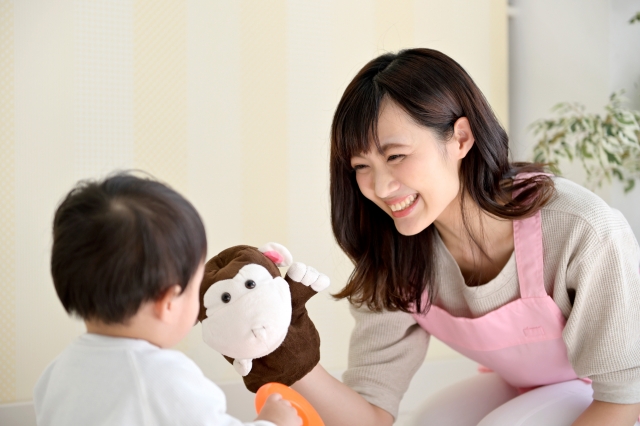
As you may remember from the overview earlier about the differences between ninka and muninka, the is a set number in terms of the teacher-child ratio in ninka, but this isn’t necessarily the case for kigyoushudougatahoiku.
The muninka my daughter attended was new, which meant that they had plenty of teachers and my daughter got a lot of attention. In fact, since she was the first child enrolled in the daycare, she had five or more teachers all to herself sometimes! (And she loved all the attention.) I also learned that kigyoushudougatahoiku have a higher ratio of licensed teachers to unlicensed than ninka!
Most of the teachers were relatively young (although my daughter liked the oldest teacher best), and they were all incredibly kind. Two of them had studied abroad and could speak English, so they would communicate with my daughter in both languages. There was also an English teacher who visited twice a week and stayed for the entire day. She was great with my daughter and when I visited for their summer festival, I could see how much the teacher doted on her.
In comparison, although the teacher in charge of my daughter’s class at the ninka was very kind, experienced, and a former nurse, a few of the other teachers were somewhat cold. Furthermore, when my daughter started daycare at 9 months old, the teacher in charge of her class at the time quit two months later. It made me worry about why she had quit, other teachers possibly quitting quickly, and what that would do to my daughter as there wouldn’t be any stability in terms of who was taking care of her.
Food at the Ninka and Muninka
I was pleased with the food my daughter was served at both daycares.
The ninka had well-balanced meals that were prepared by a cook at the daycare using fresh ingredients. My daughter really enjoyed her lunch and snacks, and I enjoyed the taste well when I visited for sankanbi.
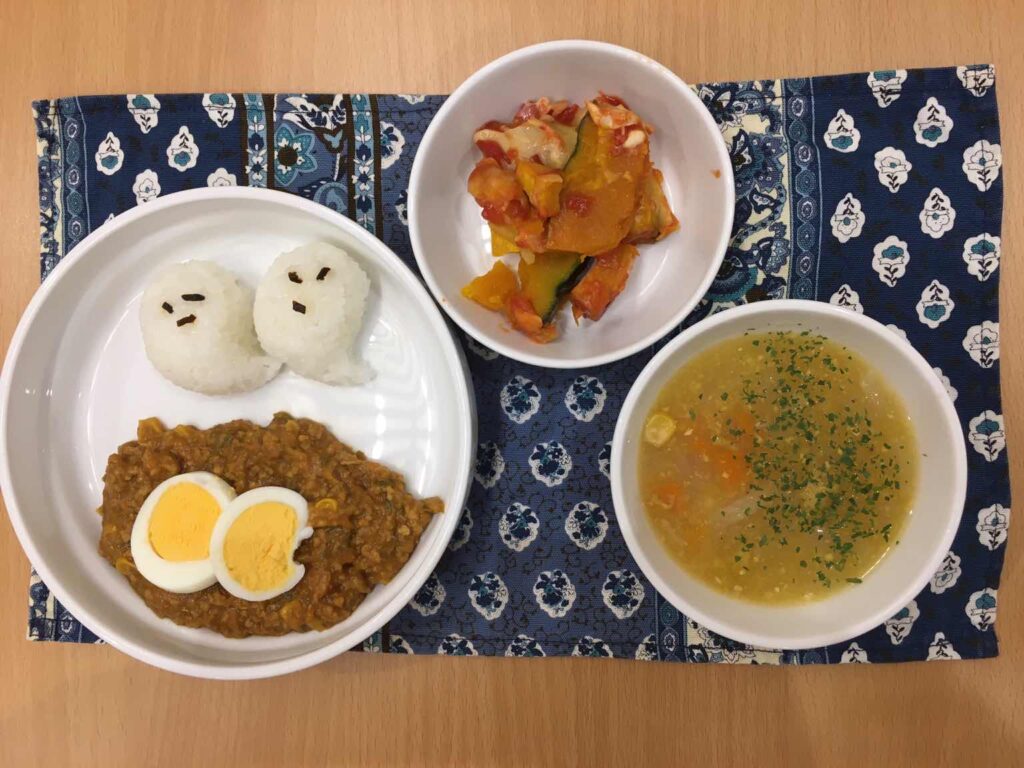
Halloween lunch at the ninka when my daughter was one year old.
The muninka had food from… Oisix! She seemed to like this food as well and got as many seconds, thirds, etc., as she wanted.
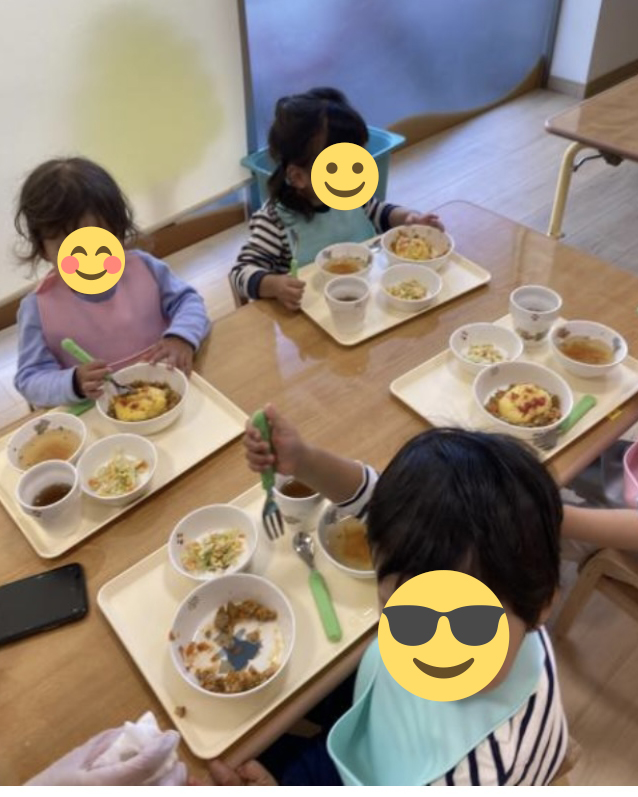
The Halloween lunch at my daughter’s muninka when she was two years old. (Sorry for the low quality of the photo, that will be explained later on!)
With both daycares, we received a sheet with the meals listed for the entire month, although the ninka took photos of her lunch most of the time and uploaded it onto the app.
Education at the Ninka and Muninka
There wasn’t any specific educational curriculum at the ninka my daughter attended, which is typical of ninka hoikuen. She learned greetings, read books, did arts and crafts, but as far as I remember, there wasn’t much else.
The muninka she attended specialized in both English education and Montessori. The English teacher was quite qualified and my daughter’s English improved immensely thanks to her. They also did lessons using Montessori methods, which are meant to help with self-regulation, independence, and curiosity, among other areas crucial for social and emotional development.
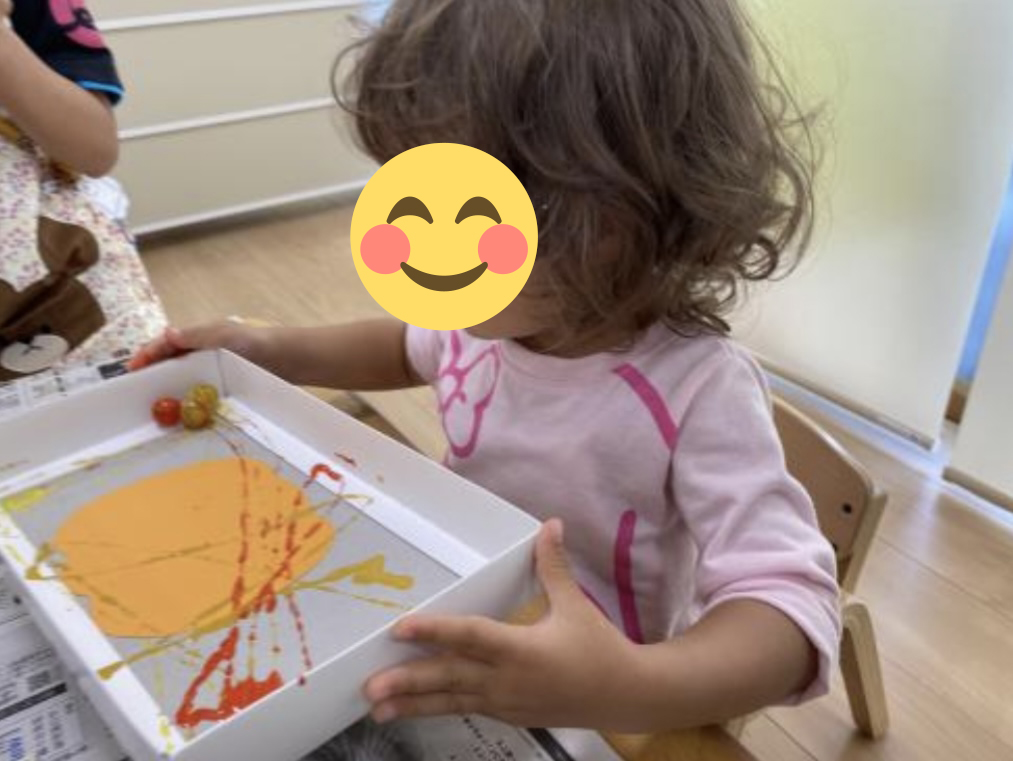
Additional Comparisons
Here are some other comparisons I thought I should share:
- Both daycares had apps where I could see photos of my daughter; however, the ninka app had more photos than the muninka. In fact, the muninka only uploaded one photo a day, and some days we didn’t get anything. The photos from the ninka were also high quality and we were able to download them, whereas the muninka photos were very small and unable to be downloaded.
- They both had seasonal events. The only event I attended at both were the natsumatsuri. The daycare workers put in a lot of effort at both so that the children would have an amazing time. But! Her muninka had a popcorn machine as well as a shaved ice machine! She also got way more prizes, including full-sized toys. (If you want to see pictures from both, check out this post!)
- The monthly payment for the ninka was made in cash whereas the muninka was bank transfer
- Both had renrakucho (although different styles), although the muninka‘s was free while we had to pay for the ninka one
- Both measured my child’s height and weight every month
- Both had on-site dental checkups by a dentist
- As the muninka my daughter attended was brand new, we were able to request any toy we wanted for her as they didn’t have much when she started. She ended up with a trampoline, a little play kitchen, as well as this Yamitsuki Box she has at home that we felt younger children would also enjoy.
So there you have it! I really miss her muninka and I am not holding my breath when it comes to finding a similar daycare that does so much yet costs so little. There are only two kigyoushudougatahoiku that are somewhat close to our new home in Osaka, but one is a 16-minute bike ride away (whereas the one my daughter attended previously was a 2-minute walk away!) and the other is only for children up until age 3, so my daughter would only be able to attend it for one year. I suppose it’s fine but I would feel bad about sending her to a new daycare every year!
We applied for a ninka in the new city we live in but as it’s quite popular, we didn’t get a spot. In the end, she attended pre-yochien, which led to her getting into an early yochien class!
